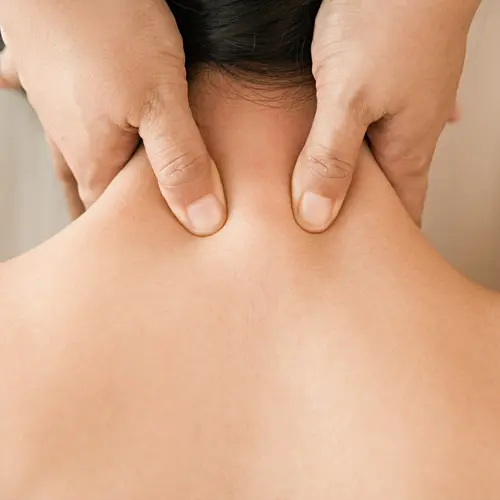Urges are feelings of intense desire for something specific. Urges can be for basic needs, such as wanting to eat when you’re hungry. Other kinds of urges can be for things that are not essential to basic survival, like a candy bar or smoking a cigarette.
Some urges can be for harmful or unhealthy behaviors. Even if you don’t want to feel the urge, it can be hard to ignore. Urge surfing is a practice meant to help someone experience these urges without giving in to them.
What Is Urge Surfing?
Urge surfing is a mental technique to observe and experience an urge without engaging in it. Psychologist Dr. Alan Marlatt developed the concept to help in addiction recovery.
The technique compares an urge to a wave in the ocean. Waves can be strong and powerful, but they pass quickly. Similarly, an urge can be intense but usually doesn’t last a very long time. Urge surfing helps you imagine yourself as a surfer riding the wave of an urge.
This technique can be more helpful than trying to distract yourself from an urge. Avoiding a thought or feeling eventually makes it more powerful and harder to ignore. Urge surfing helps you fully recognize and feel these feelings without letting them control you.
How to Urge Surf
Urge surfing involves a similar mindset as mindfulness meditation. The goal of meditation is to focus fully on the breath. You observe your thoughts and feelings when your mind wanders. The point is to notice thoughts without judgement or frustration. This makes the thoughts less powerful and reduces your stress.
Breathe. Start by sitting in a comfortable position. Pay attention to your breathing without controlling it. Think of it as following your breath.
Notice how the air feels entering your nose and lungs. Focus on one aspect of your breathing. This could be your belly or chest rising and falling, or noticing each time you breathe in or out.
Notice your thoughts. Your thoughts will wander after a little while. This is normal. Observe the thoughts without judging them or pushing them away. Each time you notice that your mind wanders away from your breath, bring your attention back to it.
Notice your urges. If you sit in meditation for long enough, you’ll start feeling an urge for something. It could be for water, to stretch, or any other desire.
For example, you might notice a part of your body start to itch. Avoid scratching it right away. Instead, observe the itch from an outsider’s point of view. Describe to yourself the exact physical feelings it creates. It could feel hot or cold, ticklish, or prickly. Try to imagine the shape and borders of the itchy spot.
This may be unpleasant at first. The urge could get worse even after you start paying attention to it. Don’t be afraid of what you’re feeling. Maintain an attitude of curiosity and detachment from the feelings.
Like a wave in the ocean, an urge will reach a peak and then lose its force. Urge surfing helps you understand that the strength of an urge doesn’t stay the same for long. After some time, it will weaken. Most urges don’t last longer than 30 minutes.
Benefits of Urge Surfing
Urge surfing can be helpful for many kinds of urges. It can play a role in treating:
Drug or substance addiction. People in recovery from addiction can still get intense urges or cravings to use drugs, alcohol, or other substances. Urge surfing for drug addiction can help control these urges and prevent relapses.
Unhealthy eating. Many people get strong cravings for unhealthy but tasty foods. Urge surfing for a food craving helps to face the sensations of the craving without needing to eat the food.
Urge surfing can also help manage disordered eating behaviors such as bulimia and binge eating disorder. For example, someone may feel a desire to purge. Urge surfing can help them get through the period of desire.
Other addictive behaviors. Urge surfing can help with many other behaviors and desires. This can include gambling, lashing out, and spending large amounts of money.
Limits of Urge Surfing
Urge surfing for addiction treatment can be an effective way to control harmful impulses. In many cases, it should be one part of a broader addiction treatment or recovery plan.
Addiction treatment involves many strategies at different points in the recovery process. Some addictive drugs like opioids can require additional medicines to help ease someone off of them. Someone could learn to urge surf after they are medically treated first. Urge surfing can help as they are learning to manage remaining cravings and desires for drugs or other addictions.

